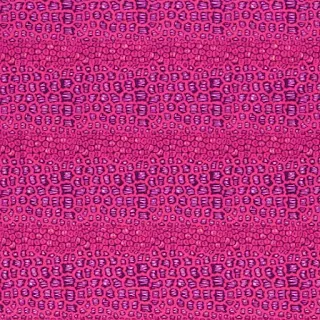That African Fabric You're Wearing Isn’t African
Culture is about learning, not just what you wear, so wear your African print but also understand the history behind the fabric.
 |
| African print fabric is a Vlisco print whose meaning is throwing stones in a water well. |
Vlisco is a 170 year old company in Helmond, the Netherlands who is one of the largest importers of African print fabrics in the world along with the Chinese company Hitarget located in Guangdong province in South Eastern China.
According to Vlisco the fabric above first appeared on the market in early 1960 and goes by many names such as Plaque-Plaque, Target, and Nsu Bura in the Twi language of Ghana and means, water well.
The meaning behind the circular design is when someone throws a stone in a water well, you can see a ripple effect. The message is that whatever you do, good or bad, it will have an effect on everyone around you.
Other names of the African print circular design are Consulaire, Gbédjégan which is a traditional straw king’s hat in Togo, and Gbedze, a hat worn during daily activities to protect the wearer from the sun. In Nigeria, the design is known as Record which reminds people of old vinyl records.
When purchasing wax print fabric it is hard to know where the fabric you purchased online or in the markets comes from and who designed and produced the fabric. For instance, VLISCO owns The Ghana Textile Printing Company, GTP, which has two companies under the GTP brand which are Tex Styles Ghana that prints GTP products and Premium African Textiles which creates the designs, distributes, sells and markets the GTP brand.
Other brands are Woodin which is designed, produced and sold by Tex Styles Ghana Limited and Premium African Textiles Company, and the fabric is imported by VLISCO and Uniwax produced in Côte d'Ivoire, also known as Ivory Coast, fabric is imported by Vlisco also.
 |
The household gravel, leopard skin or small stones African wax printing design is a symbol about how your family can give the most pain. |
Made in Africa, no, the African fabric print you're wearing probably isn’t African it is Dutch, Indian or Chinese.
African wax print fabric made in the Netherlands and made in China is a stamp that is ubiquitous and can be found on thousands of fabric designs worldwide. Nevertheless, it is rare to find fabric that marks its point of origins in an African country, Made in Ghana would indeed be a strange site in America since Africa has 1.5% share of the world's total manufacturing output. This scenario does not help to spread wealth and bolster the Ghanaian economy.
Wear African print fabric but make no illusion that sporting the attire makes you any closer to Africa than wearing Levis. Culture is deeper than African prints made in The Netherlands, China or India. Culture is learning and understanding were wax prints originated. African wax prints, also known as Ankara and Dutch wax prints in contemporary times, is an African traditional printing processes.
European traders replicated the fabrics using modern machinery, particularly the Dutch who are one of the main producers of the fabrics today. The method of producing African wax print fabric is ancient art forms were designs are printed onto cotton cloth using soft wax.
The purpose of the wax is to prevent the dye from penetrating the cloth. The dye is then applied to the cloth coloring the spaces in between the wax areas. Sometimes several colors are used, with a series of dyeing, drying and waxing steps.
Many of symbols in African wax printing method are coded pictures that relate to the history, beliefs, and philosophy of African people. During local production of African cloth, symbols were well-known visual signs that had a hidden meaning and only locals could decipher.
 |
| Ghana African Papa Ye Asa Print Fabric |






















